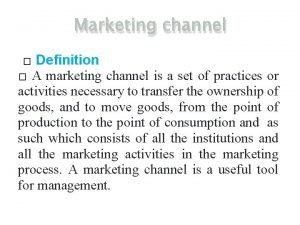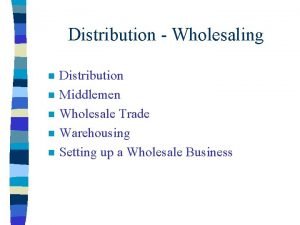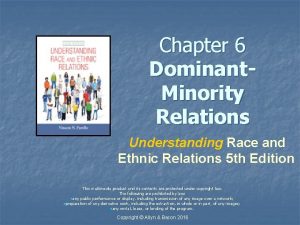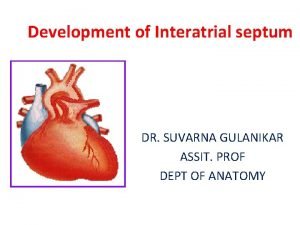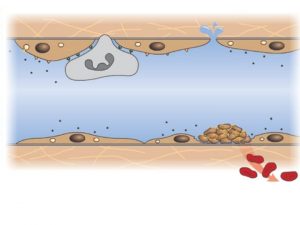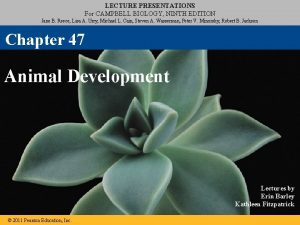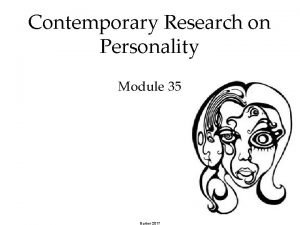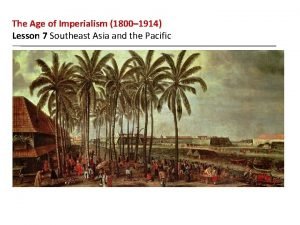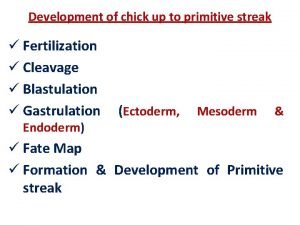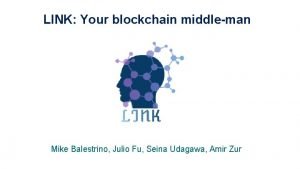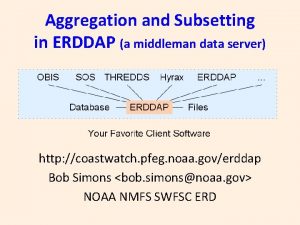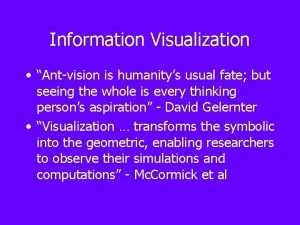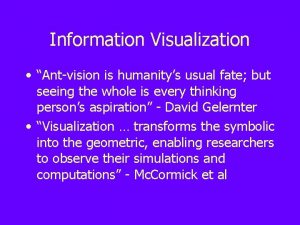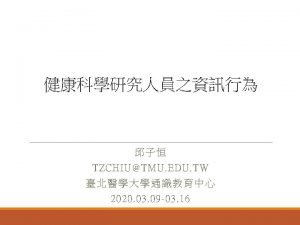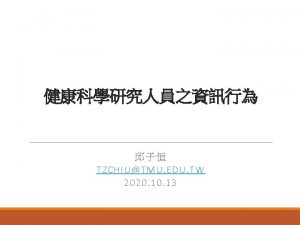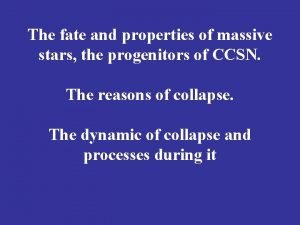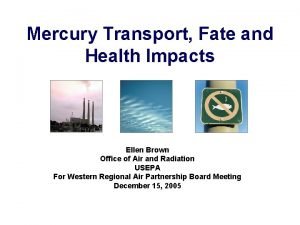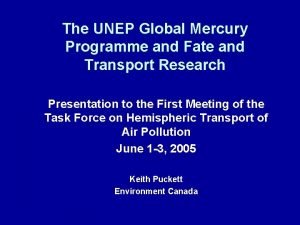The Fate of the Middleman in the Information




































- Slides: 36

The Fate of the Middleman in the Information Age: THE ROLE OF HUMAN CAPITAL IN THE SPATIAL GROWTH OF WHOLESALE SERVICES IN SWEDEN Author: Therese Norman-Monroe Center of Entrepeneurship and Spatial Economics @Jönköping University, Sweden Slide of 30

I’m going to talk about…. Function of wholesalers in the market economy – information aspect Empirical observations of the spatial reorganization of wholesalers between 1990 and 2010 in Sweden. Slide 1 of 30

Layout of presentation 1 • Motivation 2 • Method 3 • Descriptive statistics 4 • Results 5 • Conclusion Slide 2 of 30

1. Motivation 13 slides Slide 3 of 30

THE END OF THE MIDDLEMAN Early 90 s: INFORMAT ION SUPERHIG HWAY The internet will become the “universal middleman” and the only humans involved in a transaction will be the actual buyer and seller. (Marina Krakovsky quoting Bill Gates in “The Middleman Economy: How Brokers, Agents, Dealers, and Everyday Matchmakers Create Value and Profit”) Bill Gates: Friction-free capitalism Nov 1995 EMAN MIDDL CUT OUT THE Slide 4 of 30

Wholesalers did not disappear Index: number of firms 1993 -2010, Sweden All sectors Wholesale Retail Manufacturing 210 190 170 150 130 110 90 1995 2000 2005 2010 Slide 5 of 30

Stockholm got spiky in terms of wholesale density 1990 2010 Slide 6 of 30

This paper investigates: • Why the wholesale sector did not disappear. • What has been the major driving forces in the spatial reorganization of the wholesale sector? Slide 7 of 30

One red paperclip… for a house!? Slide 8 of 30

One red paperclip A role in a movie Fish pen Door knob KISS snow globe Coleman stove Generator A Day with Alice Cooper A House Instant party Cube van One year rent free in Phoenix Snow mobile Recording contract http: //oneredpaperclip. blogspot. com Slide 9 of 30

Kyle (the middleman): provided value. provided people with what they wanted (but didn’t know existed). is a master of information. couldn’t have done it without the internet (probably). The internet helped Kyle connect people through gathering together dispersed bits of incomplete “knowledge of the particular circumstances of time and place” -Hayek. Key point: even though the internet has collected information to one place, extracting relevant knowledge is not automatic but takes work. Slide 10 of 30

More generally, wholesalers use and spread information by: • having asset-specific knowledge regarding geographic and sectoral markets. • supplying information regarding available products to existing and potential customers and signal customer preferences and their willingness to pay producers. • specializing by focusing on marketing channels, distribution systems and supply chains; • successful wholesalers: • use innovative methods for distributing goods, • develop improved methods to store goods, • introduce new technology. “Prior studies regarding wholesale firms suggest that their knowledge-intensive characteristics represent their primary contribution to market efficiency” (Krakovsky, 2015; Tollens and Argenti, 2000). Slide 11 of 30

The key point: Middlemen (wholesalers) provide value through turning existing information into knowledge of how and when and where people (or firms) are made better off. In order to do this successfully, wholesalers need sophisticated employees to make use of advanced technology. Slide 12 of 30

The Hypothesis: Rather than putting an end to the middleman, the advancement of ICT has contributed to its success and human capital has played an important role in the spatial reorganization of wholesale industries at a granular spatial scale in Sweden between 1990 and 2010. Slide 13 of 30

By the way… You might be thinking that wholesalers just follow demand therefore locate close to demand. Slide 14 of 30

…and you’d be right if we look at a low …but you’d be wrong when looking at a higher resolution… resolution. PS. This is a good example of MAUP Slide 15 of 30

Main finding: • Locations where human capital is high significantly higher growth rates of all wholesale subindustries but one. • This is true on a granular level (5*5 km 2), but not on a broader level (municipality). Slide 16 of 30

2. Empirics: Method 4 slides Slide 17 of 30

Split up wholesale sector into 4 subindustries Producer goods Nondurables Durables Specialized Building materials Metals, Wood Machines, Tools Industrial and office equipment Food Furniture Computers Drinks Plants Flowers Household goods Clothes Telecommunication Other high-tech • To reduce heterogeneity since… • the dynamics of the subindustries across space may work differently depending on the perishability, tangibility, size, knowledge input, and type of consumers of the product they trade. Slide 18 of 30

Swedish Data is wonderful • Yearly point coordinates of all firms and employees with a bunch of characteristics attached in Sweden since 1990. • Aggregate data to 5*5 km grid cells and calculate spatial weights, etc… Slide 19 of 30

• • • Also, run 2 SLS with distance to university as IV for access to human Slide 20 of 30 capital.

Access to human capital measured as: • % of the population that is working age (20 -64) and possesses a university degree in the immediate surroundings of each cell location in 1990. • The change in the above variable in separate regression Immediate surroundings refers to the 5 by 5 km grid cell and its neighboring cells with a weight of 0. 5 (i. e. the weight matrix is defined by queen contiguity of order 1. Slide 21 of 30

3. Empirics: Descriptive stats 2 slides Slide 22 of 30

Wholesale firms Wholesale workers 100, 000 14, 000 12, 000 10, 000 8, 000 6, 000 4, 000 2, 000 0 80, 000 60, 000 40, 000 20, 000 0 Producer Nondurables 1990 Durables 2010 Specialized Producer Nondurables 1990 Durables Specialized 2010 Winners and losers of wholesale subindustries Slide 23 of 30

% university education of workers 25% % IT education of workers 4. 0% 3. 5% 3. 0% 2. 5% 2. 0% 1. 5% 1. 0% 0. 5% 0. 0% 20% 15% 10% 5% 0% Producer Nondurables Durables 1990 2010 Specialized Other sectors Producer Nondurables 1990 Education of workers has changed Durables Specialized 2010 Slide 24 of 30

4. Empirics: Results 1 slide Slide 25 of 30

OLS and 2 SLS Access to human capital (% educated) estimates Instrumental variable: Logged travel time to universities. Slide 26 of 30

5. Conclusion 2 slides Slide 27 of 30

Conclusion Locating close to human capital has been crucial for the ‘success’ of wholesalers. Slide 28 of 30

But it doesn’t mean that we need more university educated in Sweden. Instead, the paper aids an understanding of: Ø the importance of access to human capital for wholesalers, Ø how wholesalers respond to changes in access to human capital in terms of their spatial organization, and Ø under what circumstances wholesalers are expected to be successful and contribute to the market economy. Developing countries often lack well-functioning wholesale markets. How will expanding ICTs affect their wholesale sectors? Do they have access to human capital? Slide 29 of 30

Thank you! Slide 30 of 30

Supporting charts and figures Index: total firms, 1993 -2010 All sectors Wholesale Retail Index: total employees, 1993 -2010 Manufacturing All sectors 210 135 190 125 170 115 150 105 130 95 110 85 90 75 1990 1995 2000 2005 2010 1995 Wholesale 2000 Retail Manufacturing 2005 2010 Slide 31 of 30

Travel time to CBD and growth of subindustries Slide 32 of 30

Difference between wholesale and logistics firms • Logistics firms focus on the delivery of products to customers (order processing, warehousing, materials handling, transportation and inventory control, etc. • Wholesaling is all activities involved in selling products to firms (selling, promoting, buying, assortment building, bulk-breaking, warehousing, transportation, financing, risk-bearing, market information, management services and advice, etc. Slide 33 of 30

OLS Slide 34 of 30

Slide 35 of 30
 Marketing channels definition
Marketing channels definition Wholesaling and warehousing
Wholesaling and warehousing Example of functional approach in marketing
Example of functional approach in marketing Middleman minority definition
Middleman minority definition Who is king acrisius
Who is king acrisius Discoblastula diagram
Discoblastula diagram Macbeths quotes
Macbeths quotes Mass formation definition
Mass formation definition William wallace fate
William wallace fate Which russian leader does napoleon most resemble?
Which russian leader does napoleon most resemble? Mansa musa fate
Mansa musa fate Septum spurium fate
Septum spurium fate Obvious fate definition
Obvious fate definition Fate of primary complex
Fate of primary complex Rescribi
Rescribi How does king creon react to the advice of the choragos
How does king creon react to the advice of the choragos Hemostasis
Hemostasis Amate i vostri nemici fate del bene a chi vi odia
Amate i vostri nemici fate del bene a chi vi odia Fate exam
Fate exam The ultimate fate of the universe
The ultimate fate of the universe Morrissey cough impulse
Morrissey cough impulse Primordial atrium
Primordial atrium Tragedy of fate
Tragedy of fate Man vs supernatural conflict
Man vs supernatural conflict Non fare agli altri quello che non vuoi sia fatto a te
Non fare agli altri quello che non vuoi sia fatto a te Fate slew him
Fate slew him Quotes of fate in romeo and juliet
Quotes of fate in romeo and juliet Organogenesis
Organogenesis Origin fate
Origin fate Fate of thrombus slideshare
Fate of thrombus slideshare Judy believes that her fate
Judy believes that her fate Obvious fate definition
Obvious fate definition Character vs technology examples movies
Character vs technology examples movies Metabolic fate of pyruvate
Metabolic fate of pyruvate Contrast siam's fate to that of burma and vietnam
Contrast siam's fate to that of burma and vietnam Fate of germ layers
Fate of germ layers Fate in the aeneid
Fate in the aeneid
